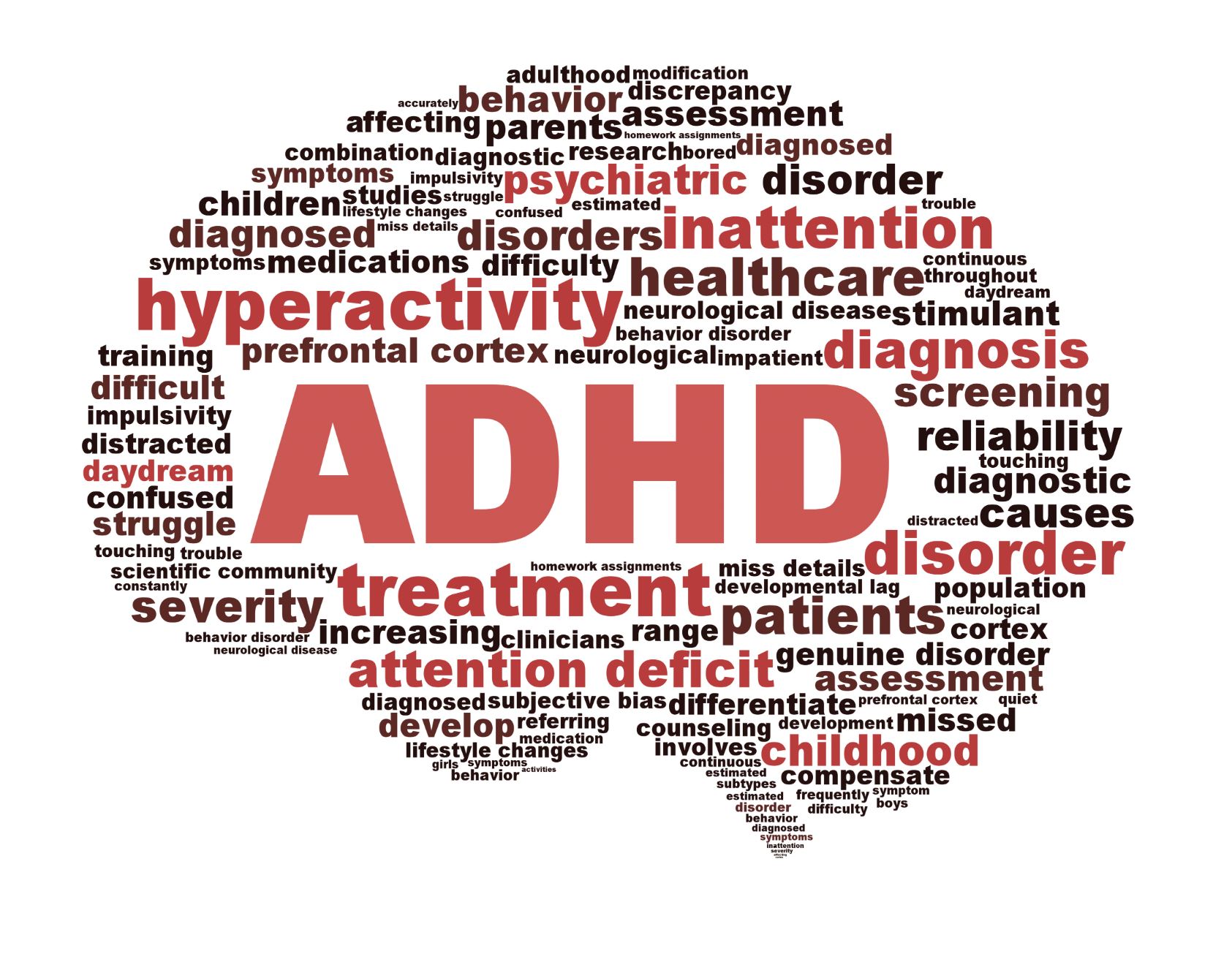
What is ADHD and how is it treated?
July 1, 2023Pathophysiology of PTSD
Post-Traumatic Stress Disorder (PTSD) is a debilitating psychiatric condition that can develop after experiencing or witnessing a traumatic event. Its complex pathophysiology involves a range of biological, psychological, and environmental factors. In this blog post, we will explore the underlying mechanisms of PTSD, shed light on the available treatment options, and provide a comprehensive overview of psychopharmacology in managing this condition.
Pathophysiology of PTSD: The pathophysiology of PTSD involves intricate interactions between the brain's stress response systems, memory formation, and emotional regulation. When an individual experiences trauma, the amygdala, a key region involved in emotional processing, becomes hyperactive. This hyperactivation, in turn, triggers an excessive release of stress hormones such as cortisol, leading to dysregulation of the body's stress response.
Additionally, traumatic experiences can disrupt the hippocampus, impairing its ability to encode and retrieve memories properly. This can result in fragmented and intrusive memories associated with the traumatic event. Moreover, alterations in the prefrontal cortex, responsible for executive functions and emotional regulation, can lead to difficulties in controlling fear and anxiety responses.
Symptoms and Diagnosis of PTSD
Recognising the symptoms of PTSD and obtaining an accurate diagnosis are essential steps in effectively managing the condition. PTSD symptoms typically manifest in four main categories: re-experiencing, avoidance, negative cognitions and mood, and hyperarousal.
Let's explore these symptom clusters and the diagnostic criteria used by mental health professionals:
-
Re-experiencing Symptoms: Individuals with PTSD often relive the traumatic event through distressing and intrusive memories, nightmares, or flashbacks. These symptoms can evoke intense emotions, physiological reactions, and psychological distress.
-
Avoidance Symptoms: Avoidance behaviors are common in PTSD and involve efforts to steer clear of reminders or triggers associated with the traumatic event. This can include avoiding certain places, activities, or people that serve as reminders, as well as emotional numbing and detachment.
-
Negative Cognitions and Mood Symptoms: PTSD can lead to pervasive negative thoughts about oneself, others, and the world. This may manifest as feelings of guilt, shame, or persistent negative emotions. Individuals may experience a diminished interest in previously enjoyed activities, a sense of detachment from others, or difficulty experiencing positive emotions.
-
Hyperarousal Symptoms: Hyperarousal refers to a heightened state of physiological and psychological reactivity. This can include irritability, difficulty sleeping, hypervigilance, exaggerated startle response, and difficulties concentrating. These symptoms can significantly impact daily functioning and quality of life.
To receive a formal diagnosis of PTSD, individuals must meet specific criteria outlined in the Diagnostic and Statistical Manual of Mental Disorders, Fifth Edition (DSM) or International Classification of Disease (ICD). The criteria include:
-
Exposure to a traumatic event: The individual must have experienced, witnessed, or been confronted with an event involving actual or threatened death, serious injury, or sexual violence.
-
Presence of intrusive symptoms: This includes distressing memories, nightmares, or flashbacks related to the traumatic event.
-
Persistent avoidance: The person actively avoids reminders of the traumatic event, such as places, people, or activities associated with it.
-
Negative alterations in cognition and mood: This involves negative beliefs or expectations about oneself or the world, persistent negative emotions, feelings of detachment, or diminished interest in previously enjoyed activities.
-
Marked alterations in arousal and reactivity: Hyperarousal symptoms, such as irritability, sleep disturbances, hypervigilance, and an exaggerated startle response, should be present.
-
Duration of symptoms: The symptoms must persist for at least one month and cause significant distress or impairment in social, occupational, or other important areas of functioning.
It is crucial to seek a comprehensive evaluation by a psychiatrist to ensure an accurate diagnosis and appropriate treatment planning. Proper diagnosis enables individuals to access the most effective interventions and support for their unique PTSD symptoms.
Treatment Options for PTSD
Treating PTSD requires a comprehensive approach that combines psychotherapy, pharmacotherapy, and psychosocial support. Let's delve into some of the most effective treatment options available:
-
Psychotherapy: a) Cognitive-Behavioral Therapy (CBT): CBT focuses on identifying and modifying maladaptive thought patterns and behaviors associated with PTSD. Techniques like exposure therapy and cognitive restructuring help individuals confront and process traumatic memories, gradually reducing their emotional impact. b) Eye Movement Desensitization and Reprocessing (EMDR): EMDR combines elements of exposure therapy with bilateral stimulation (e.g., eye movements) to facilitate the reprocessing of traumatic memories and alleviate associated distress.
-
Pharmacotherapy: a) Selective Serotonin Reuptake Inhibitors (SSRIs): SSRIs, such as sertraline and paroxetine, are commonly prescribed as first-line medications for PTSD. They help alleviate symptoms of anxiety, depression, and intrusive thoughts by modulating serotonin levels in the brain. b) Serotonin-Norepinephrine Reuptake Inhibitors (SNRIs): SNRIs, such as venlafaxine and duloxetine, are another class of antidepressants that can be effective in managing PTSD symptoms. c) Other psychotropic medications have shown promising results in treating PTSD.
-
Psychosocial Support: a) Supportive therapy: Providing a safe and empathetic environment for individuals with PTSD can promote healing and facilitate the expression of emotions related to trauma. b) Group therapy: Group sessions allow individuals to connect with others who have experienced similar traumas, fostering a sense of validation, understanding, and shared coping strategies.
In conclusion, PTSD is a complex psychiatric disorder with a multifaceted pathophysiology. Understanding the underlying mechanisms is crucial for tailoring effective treatment strategies. While psychotherapy plays a central role in addressing the core symptoms of PTSD, pharmacotherapy, when combined with psychosocial support, can provide additional relief and support recovery. It is essential to approach treatment holistically, considering individual needs and preferences, to optimise outcomes and enhance the quality of life for those affected by PTSD.

